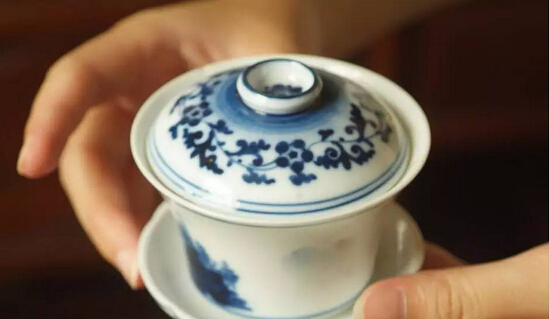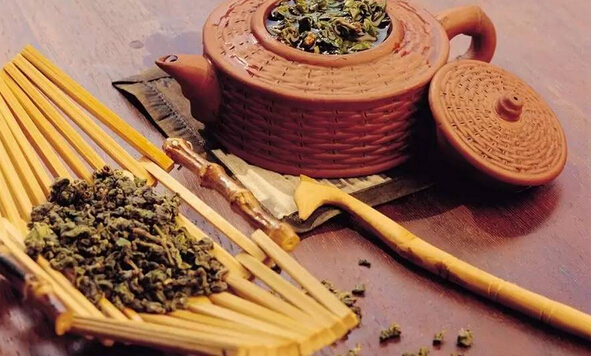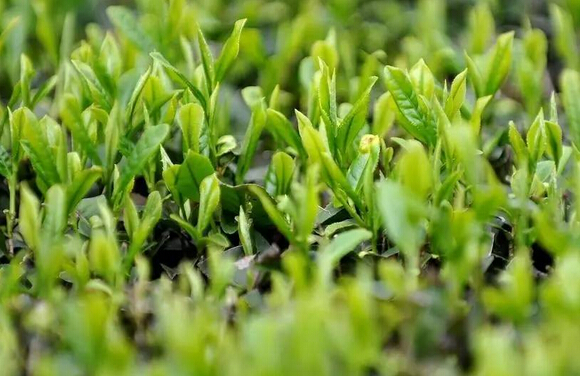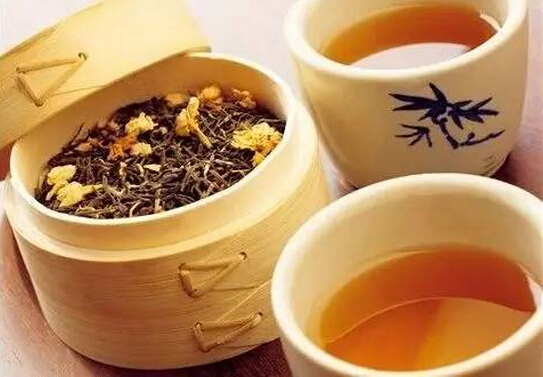Different cultural backgrounds have given rise to China's four major tea ceremony schools. The aristocratic tea ceremony stems from 'the quality of tea,' aiming to display wealth; the scholarly tea ceremony arises from 'the charm of tea,' focusing on artistic appreciation; the Zen tea ceremony originates from 'the virtue of tea,' seeking enlightenment through meditation; and the secular tea ceremony emerges from 'the taste of tea,' dedicated to enjoying life.
The Secular Tea Ceremony
Tea is both an elegant and a mundane substance. In secular society, it absorbs the atmosphere of its surroundings: officialdom imparts bureaucratic airs; the martial world adds a touch of chivalry; commerce infuses it with the scent of money; brothels mix in a hint of vanity; neighborhoods lend it a worldly vibe; and households give it a homely feel. Steeped in the smoke and fire of human life, how can tea not carry the flavor of the mundane? This is the essence of the 'secular tea ceremony,' born from 'the taste of tea' and dedicated to 'enjoying life.' Its popularized aspects hold promising prospects.

Tea is both an elegant and a mundane substance.
When it enters the political arena, it becomes entangled with power, playing roles in grand, tragic, noble, petty, glorious, and despicable historical dramas.
In the Tang Dynasty, the court sent tea along the Silk Road to foreign nations, using it to open diplomatic channels. The capital Chang'an's rise as a global metropolis—political, economic, and cultural hub—owed part of its success to tea.
During the Tang Dynasty, Princess Wencheng's marriage to Tibet introduced fragrant tea to the region, making tea-drinking a fashion among Tibetans—a celebrated historical anecdote.
In 835 AD, during Emperor Wenzong's reign, tea farmers in Jiangnan revolted against the tea monopoly system, killing the tea tax commissioner Wang Ya in the famous 'Ganlu Incident.'
In the Ming Dynasty, the court used tea as a bargaining chip in border trade for horses, wielding it as a 'weapon to control the fate of frontier tribes.'
During the Qing Dynasty, Zuo Zongtang reclaimed Xinjiang and introduced Hunan tea as a stabilizing economic measure.
Tea is a spiritual entity, rising and falling with political tides—glorious at times, obscure at others.

Historical records note, 'In 1044 (the fourth year of Emperor Renzong's Qingli era, the seventh year of the Western Xia's Tianyou calendar), the Song Dynasty made peace with the Western Xia, recognizing its ruler as king and offering annual tributes of 70,000 taels of silver, 150,000 bolts of silk, and 30,000 catties of tea.'
The Song people offered tea to their court, which then gifted it to the Western Xia to appease a formidable enemy. Here, tea bore not friendship but submission to power.
In the Qing Dynasty, official tea rituals had unique protocols, distinct from aristocratic, scholarly, or Zen tea ceremonies. At formal events, such as meeting superiors or elders, the tea served in lidded bowls was not to be drunk—by host or guest. Drinking it would be impolite. If the host lifted the bowl, it signaled a 'dismissal,' and the guest had to leave immediately—a practice called 'offering tea to see guests out.' If the host ordered 'tea refreshment,' it meant the guest was welcome to stay—a gesture known as 'retaining tea.'
Tea, as a distinctive gift, facilitates social connections and even backdoor dealings. In bloated bureaucracies, officials idle away with 'a cup of tea, a pack of cigarettes, and half a day reading the news.' Tea serves diverse roles—sometimes constructive, sometimes corrupt, warm yet opportunistic. Though inherently pure, tea often finds itself in awkward situations, misused for 'unorthodox purposes'—a fault not of tea itself.

In commerce, tea takes on another guise. In Guangzhou, 'inviting to morning tea' is synonymous with business negotiations. Over a pot and two snacks, deals are struck amid rising steam. The 'battle of commerce' unfolds—showcasing goods, haggling,暗中算计, price wars—until agreement is reached, and the tea is drained, leaving both parties satisfied. Without tea, such battles would lack color and poetry. Even in defeat, the aroma of tea lingers.
In the martial world, tea takes on a chivalrous tone. When disputes arise between factions, rather than resorting to courts or duels, mediators trusted by both sides are invited to arbitrate—often in teahouses, a practice called 'settling over tea.' This aligns with tea's purpose: 'to clarify and harmonize.'
In communities, tea culture becomes a hallmark of local life, embracing populism and accessibility. Urban teahouses epitomize this, as noted in 'Qing Bai Lei Chao': 'In capital teahouses, long tables are set, with separate charges for tea and water. Those bringing their own leaves pay only for water. Han Chinese seldom visit, but Manchu officials, even of high rank, mingle with commoners, carrying birdcages, trailing long robes, and chatting freely—no offense taken. Yet no high-ranking officials are seen.'

Early 20th-century Beijing teahouses combined dining and entertainment, serving tea and snacks. Some hosted storytellers recounting tales like 'The Cases of Judge Bao' or 'The Swordsmen of Yongzheng,' delighting patrons with tea and tales; others featured Peking opera, with performances by professionals or amateurs, blending tea with theatrical joy; still others offered variety shows,相声, or单弦, where laughter and tea intertwined.
Literary depictions of teahouses, though not refined, brim with life. In Lao Can's 'Minghu Teahouse,' one could enjoy the storytelling of Wang Xiaoyu; in Lu Xun's 'Old Shuan's Teahouse,' rumors of executed revolutionaries and the sight of Shuan consuming a blood-soaked bun shocked readers; in Sha Ting's 'Qixiangju Teahouse,' outdated figures like gangsters,保甲长, and乡绅 lingered; in Lao She's 'Teahouse,' the late Qing society unfolded—snuff-takers, bird enthusiasts, cricket fighters, bodyguards, Christian converts, spies, thugs... until the shrewd proprietor Wang掌柜 ended his life with a belt. In short, a small teahouse mirrors society.
At home, tea becomes a family affair. A Qing Dynasty poem by Zha Weiren reads:
Calligraphy, painting, zither, chess, poetry, wine, and flowers,
Once inseparable from daily life;
Now these seven pursuits have changed,
To firewood, rice, oil, salt, sauce, vinegar, and tea.
Tea is now a staple, essential to daily routines. Serving tea to guests fosters bonds; family tea sessions cherish kinship. Tea exudes warmth. Home tea ceremonies thrive on spontaneity—tea need not be premium, just what's available; water need not be rare, just well-prepared; utensils need not be exquisite, just tea-appropriate. Wealthy families may flaunt their tea luxuries, but modest households find joy in simplicity. Tea is no aloof eccentric but a flexible 'gentleman of the woods.'
In summary, as a mundane substance, tea's 'taste' spawns diverse ceremonies—official, guild, romantic, communal,平民, familial. It carries官僚气,霸气,匪气,江湖气,市侩气,脂粉气,豪气, and小家子气, all rooted in 'appetite,' with 'enjoying life' as its core—neither Daoist nor Buddhist but Confucian. For academic completeness, we term it the 'secular tea ceremony.'
By the 1980s, faster lifestyles introduced instant and bagged tea. Yet small teahouses和大碗茶 remained city staples—cheap, convenient, and practical. Their rise dimmed tea's aristocratic allure. The Chinese people's favorite remains the secular tea ceremony (mainly its popularized form). As long as China endures, so will its tea culture—though no longer in its Ming-Qing form.